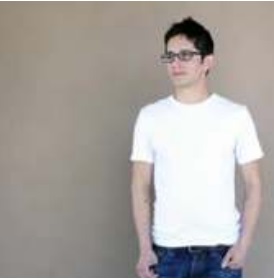Latin America / Puerto Rican / Puerto Rican
Somaly Zapata She Shows Us Her Musical History

Somaly Zapata Santana is a Puerto Rican who was born on July 24, 1988 in the town of Bani, Dominican Republic. From a very young age, she showed inclinations for musical art, getting to participate in different social events. Her first song was a Mother’s Day gift to her grandmother when she was 13 years old. As the years passed, its melody and lyrics developed in the genres of Salsa, Merengue, Balada, Bachata or a fusion of them, giving it a characteristic that other songs do not have.

She was influenced by great tropical artists such as Milly Quezada, Olga Tañon, Celia Cruz, La India, among others; However, he did not show his voice to the public at that time because he was a very shy person, but always with a musical spirit deep inside.
She began to perform in different activities, imitating only the movements of Milly Quezada and mimicking her great themes almost perfectly. In her adolescence she began to discover herself as an artist on a vocal level through her lyrics, taking classes on topics related to this art, writing situations with no personal experience, but which were interesting for a composer hungry to express her most intimate feelings.

In 2011 he decides to go to work in the US (Stagedoor Manor Performing Arts) as a cultural exchange, which allows him to acquire knowledge and in turn save money to be able to professionally record his first song. From that moment on, he began his artistic career at the hands of the prominent Dominican musician/arranger Juan Valdez Ybet, who fusing ideas, supported by the great career of Mr. Valdez and the magic of the singer’s lyrics, launched from gradually the different singles of the artist; Not to mention, he is a member of ASCAP (American Society of Composers, Authors and Publishers).
These are the themes and/or songs that they present to us: Author: Somaly Zapata Arrangement: Juan Valdez Ybet Regalame – (Merengue) For someone like you – (Salsa) When the sun goes out – (Salsa) Doesn’t it hurt? – (Salsa) promotional theme.

For more information:
- Email: [email protected]
- Instagram: https://www.instagram.com/somalymusic/
- Facebook: https://www.facebook.com/SomalyZapata/
- Twitter: https://twitter.com/somaly_zapata
- GooglePlus: https://plus.google.com/116832184355913365324



























